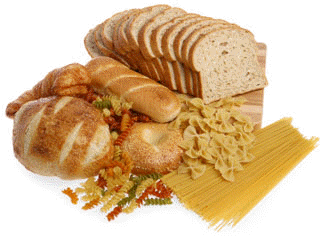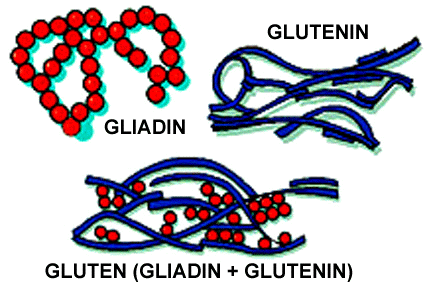
But what exactly is gluten? The term comes from the Latin for "glue" and is the general name for proteins that are found in wheat, rye and barley. It is created by the bonding of two molecules, glutenin and gliatin. Gluten helps foods maintain their shape, like a natural glue that holds things together. It gives elasticity to dough, helping it rise and giving pizza crust its chewy texture. Gluten is most commonly found in breads, soups, cereals and salad dressings. It's also an integral part of malt, food coloring, beer and soy sauce.

"Wheat provides about 20% of the world's calories and more nourishment than any other source of food," writes Michael Spector in the November 3, 2014 issue of The New Yorker. He goes on to point out that it is easy to grow, store and ship. It is in bread, pasta, noodles and cereal. But it is also hidden in thousands of other products. Nearly a third of all the foods found in American supermarkets contain some component of wheat.
Tomorrow: Test your knowledge of gluten with a quiz!
No comments:
Post a Comment